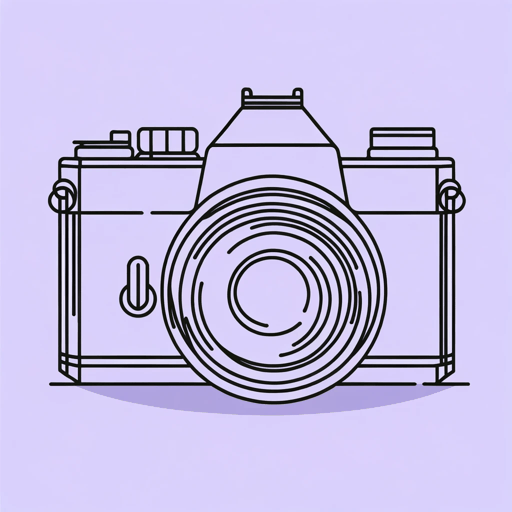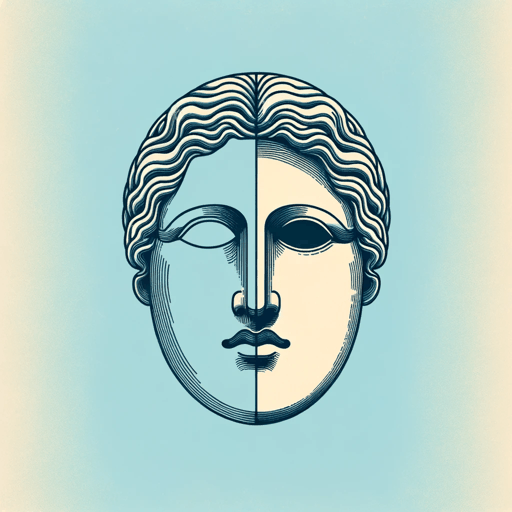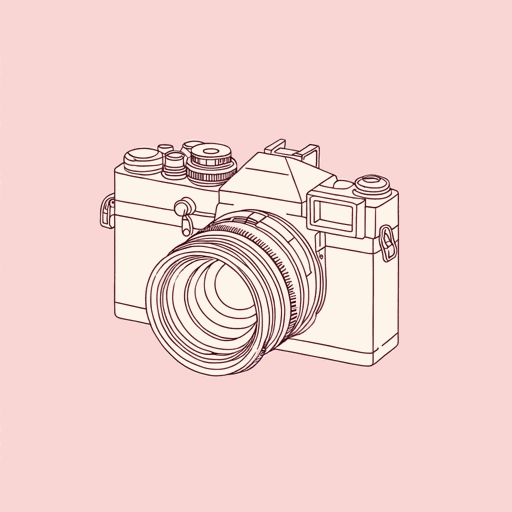46 pages • 1 hour read
Susan SontagOn Photography
Nonfiction | Essay Collection | Adult | Published in 1977A modern alternative to SparkNotes and CliffsNotes, SuperSummary offers high-quality Study Guides with detailed chapter summaries and analysis of major themes, characters, and more.
“The Heroism of Vision”Chapter Summaries & Analyses
“The Heroism of Vision” Summary
“The Heroism of Vision” explores the camera’s relationship to vision and seeing. Sontag asserts that the everyday use of cameras has changed how people see beauty. They now judge beauty by what looks good in a photograph instead of what looks good to the naked eye. Sontag believes that the explosive acceptance of the camera in everyday life resulted from the discovery that the camera could be made to lie and augment reality. The camera’s ability to lie has more ramifications than distortion in other arts, like painting, because people believe that photographs can reflect reality in ways that painting cannot. Sontag argues that the history of photography is the history of a war over how photography should relate to vision—whether it should emphasize beauty or truth. This struggle among photographers and artists relies on a faulty assumption that truth is value neutral, which Sontag addresses in “The Image-World.”
The photographer’s claim that the photograph can display only the truth reshaped society’s relationship to truth-telling. Because photographs can capture only surface-level details, truth became a surface-level feature detectable by cameras. Sontag asserts that this over-valuated appearances and created skepticism around any view of reality that could not be verified by photography’s recreation of surfaces.
Related Titles
By Susan Sontag
Featured Collections
Art
View Collection
Beauty
View Collection
Books About Art
View Collection
Business & Economics
View Collection
Challenging Authority
View Collection
Colonialism & Postcolonialism
View Collection
Jewish American Literature
View Collection
National Book Critics Circle Award...
View Collection
Nation & Nationalism
View Collection
Philosophy, Logic, & Ethics
View Collection
Power
View Collection
Sociology
View Collection





